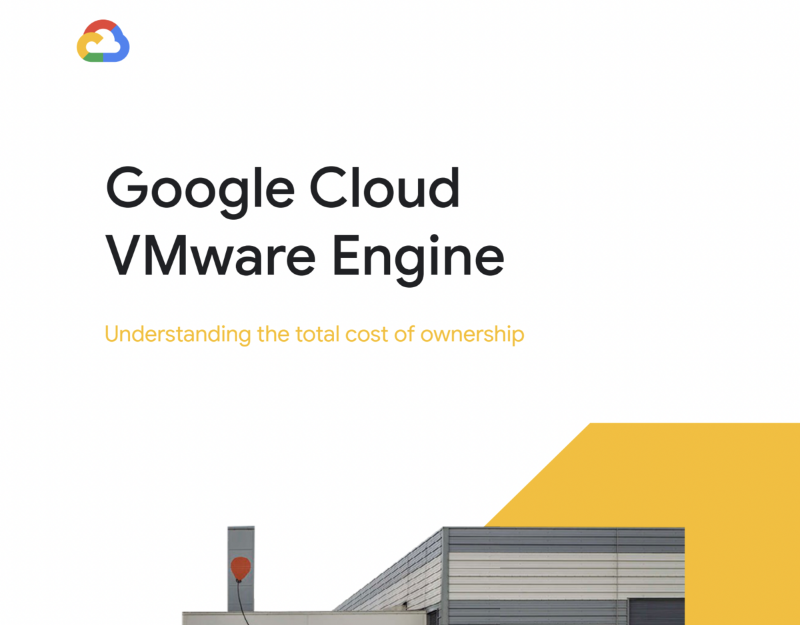Google Cloud VMware Engine
Published on 16 Jun 2022

Introducing Google Cloud VMware Engine
Google Cloud VMware Engine (VMware Engine) frees IT from the time and expense required to migrate VMware components (e.g. vSphere, vCenter, VSAN, and NSX-T) and workloads to Google Cloud. In addition, executing VMware applications natively in a dedicated, private cloud enables you to use the same tools, procedures, and rules as on-premises deployments.
This promotes business agility without risk, application refactoring, or team retraining.
You do not need to adapt current programs or migrate to new cloud-compatible applications, which helps preserve your data and saves you time and money for application modernization.
Notably, a large fall in the availability of extra 'capacity' is one of the primary drivers of the decline in infrastructure costs. IT teams are aware that with Google Cloud Platform (GCP), capacity may be extended (or lowered) on-demand without having to manage physical infrastructure or deal with long procurement processes. In addition, new technologies reduce unit costs because of their size and operational effectiveness. It is not surprising that IT teams are so eager to reap the advantages of cloud computing.
What remains a barrier for IT teams, however, is convincing business leaders of the economic advantages of cloud computing, given the substantial investments in current infrastructure and legacy applications.
With VMware Engine, you can harness the value of your current VMware tool investments while ensuring operational continuity and eliminating data centre administration, hardware refreshes, and procurement cycles.
Before presenting a case for using VMware Engine, you should do a comprehensive total cost of ownership (TCO) comparison, as it provides a more comprehensive and quantifiable evaluation of the expenses involved with installing cloud-based vs on-premise technology solutions. This article examines how to assess the real total cost of ownership (TCO) of VMware Engine vs a typical on-premises data centre.
What is TCO for infrastructure?
The total cost of ownership of infrastructure is a comprehensive financial assessment that includes both direct and indirect expenses involved with implementing and running a product or service over time.
TCO is a comparison of the overall infrastructure expenses associated with operating applications on VMware infrastructure in Google Cloud vs an on-premises data centre.
How does the TCO of VMware Engine compare to that of on-premises?
IT must often acquire, deploy, and run VMware equipment months in advance in an on-premises data centre in preparation of rising workloads and compute or storage failures. Existing systems often do not operate at full capacity, resulting in idle capacity on each server or node, which is an additional expenditure for enterprises.
With VMware Engine, you can spin up new VMware capacity in minutes; you'll never need to purchase or maintain more infrastructure than you need. In GCP, obtaining extra computing, network, or storage unit is far less expensive than in your on-premises data centre.
In addition, GCP enables the transformation from a fixed IT cost model to a variable one and, depending on your accounting systems, the transfer of costs from CAPEX to OPEX.
Google, in collaboration with industry analysts and consultants, found that business virtual environments using hyper-converged architecture are generally bound by memory or compute resources. As a result, Google Cloud VMware Engine has more recent CPUs, more memory per host (768 GB per node), and more overall storage (22.4 TB). As a result of being able to operate more VMs per node, the TCO for each virtual machine is reduced.
Download Google Cloud's whitepaper to learn more about Google Cloud VMware Engine only on Whitepapers Online.
